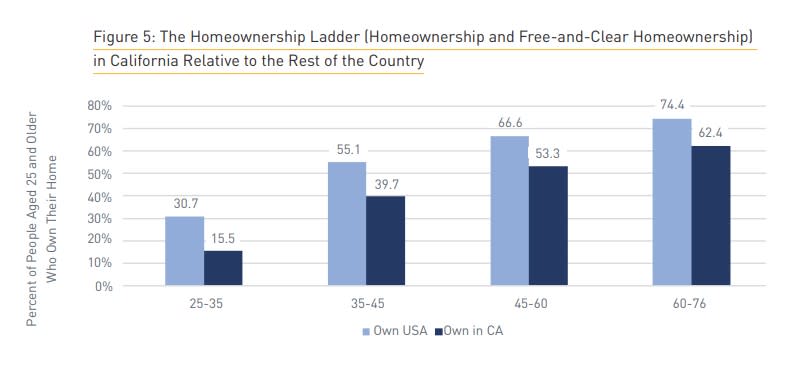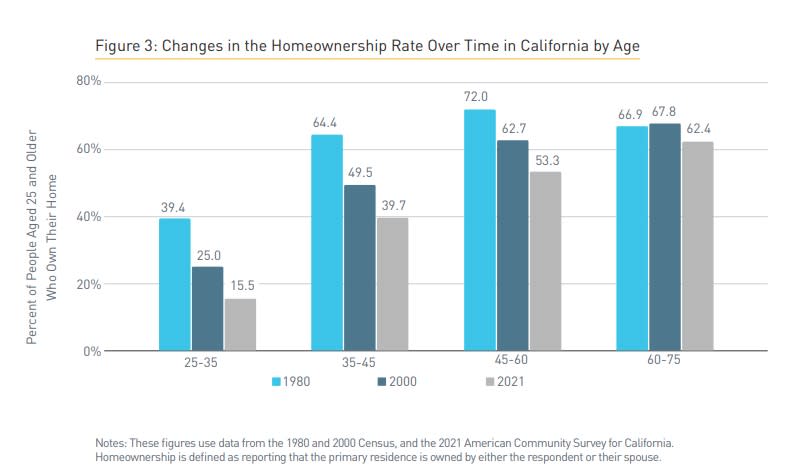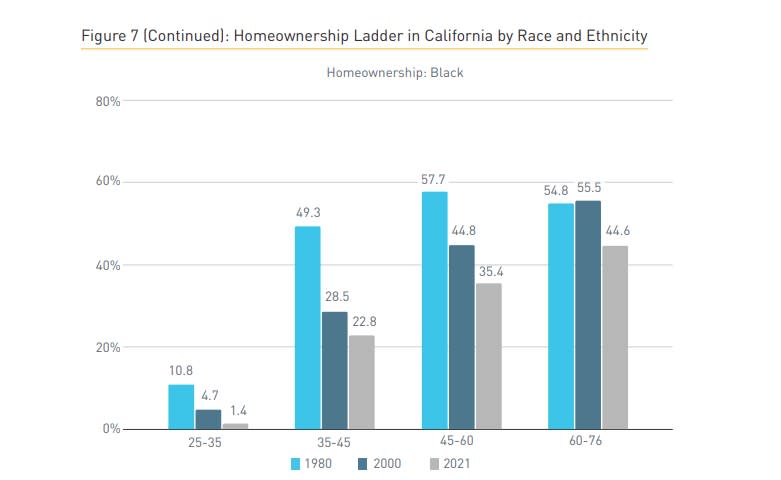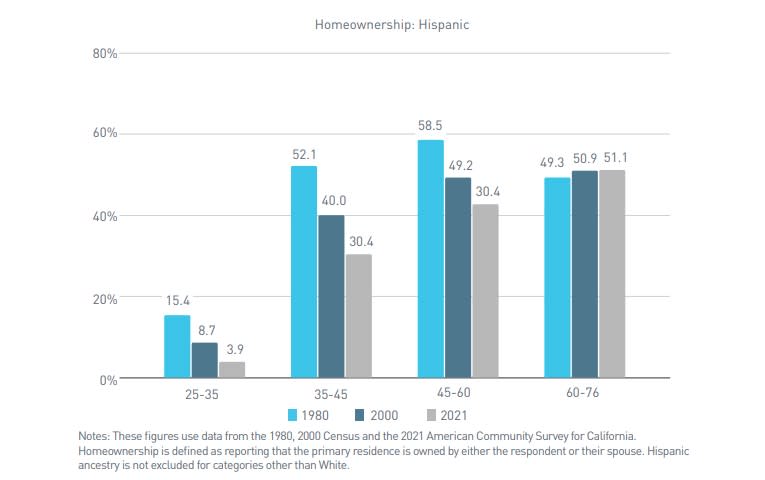Majority of California residents become homeowners by this age: study

SAN DIEGO — Homebuying — it’s a pillar of the American dream. But is the vision out of reach?
For many young adults in California, it’s become a forbidden holy grail.
In fact, the age of most first-time homebuyers in the Golden State is now almost a decade older compared to the 1980s. That’s according to a recent University of California, Berkeley study which examines California’s “sliding homeownership ladder.”
The simple truth is: homebuying has become a later life experience for California residents. As of 2021, the majority of people in the Golden State don’t own a home until the age of 49. Researchers say it is the biggest delay represented in the age of buyers across America.
These California cities are among richest in US: report
Why is that?
Researchers explained that the ability to afford a home, as opposed to the desire to own one, accounts for most of California’s homeownership gap when compared to the rest of the country.
“While the typical timing of life cycle milestones such as marriage and childbearing can also influence rates of homeownership, most of the gap follows from residents’ financial ability to afford a home in the state,” the research paper noted while explaining why homeownership seems to be out of reach in the Golden State.
Researchers estimated the difference in financial ability to afford a home accounts for 55.6% of the observed difference in homeownership rates between residents of California and the rest of the U.S. (ages 25–75).
This comes as median U.S. home values have almost doubled in the past 10 years, with median household incomes only increasing by about 13.5%.
Places with the lowest cost of living in California: study
A look at the decline
Based on this study, 43.5% of people aged 25–75 were homeowners in 2021. This was down from 49.8% in 2000.
“The decline was even more pronounced for younger Californians aged 35–45, an age range when many people in other states become homeowners,” the research paper noted.
For that group, the study shows the share that owned a home declined from 49.5 % to 39.7%, which is almost 10 percentage points in just 20 years.
This study also indicates an especially noticeable decline in homeownership rates for Black and Hispanic residents over the past 40 years.
“For some groups, such as Black and Hispanic/Latine people, the drop in homeownership since 1980 is particularly pronounced, compounding the challenges historically facing these groups from a legacy of systemically discriminatory policies, such as redlining, exclusionary zoning, and a lack of access to financing,” the research paper noted.
California retailers are now required to have gender-neutral toy aisles
The researchers suggested that a slower housing price growth in the state would have helped homebuyers.
“Had housing prices in California risen from 2000 to 2021 in line with those in the rest of the country, about half (48%) of California’s decline in homeownership rate over the period could have been averted,” the research paper noted.
The following major data sources were used to conduct this study: the Decennial Census, the American Community Survey (ACS), and the Survey of Income and Program Participation (SIPP). Each had its own strengths and weaknesses for understanding trends in homeownership, according to the Terner Center for Housing Innovation, UC Berkeley.
For the latest news, weather, sports, and streaming video, head to FOX 5 San Diego.





